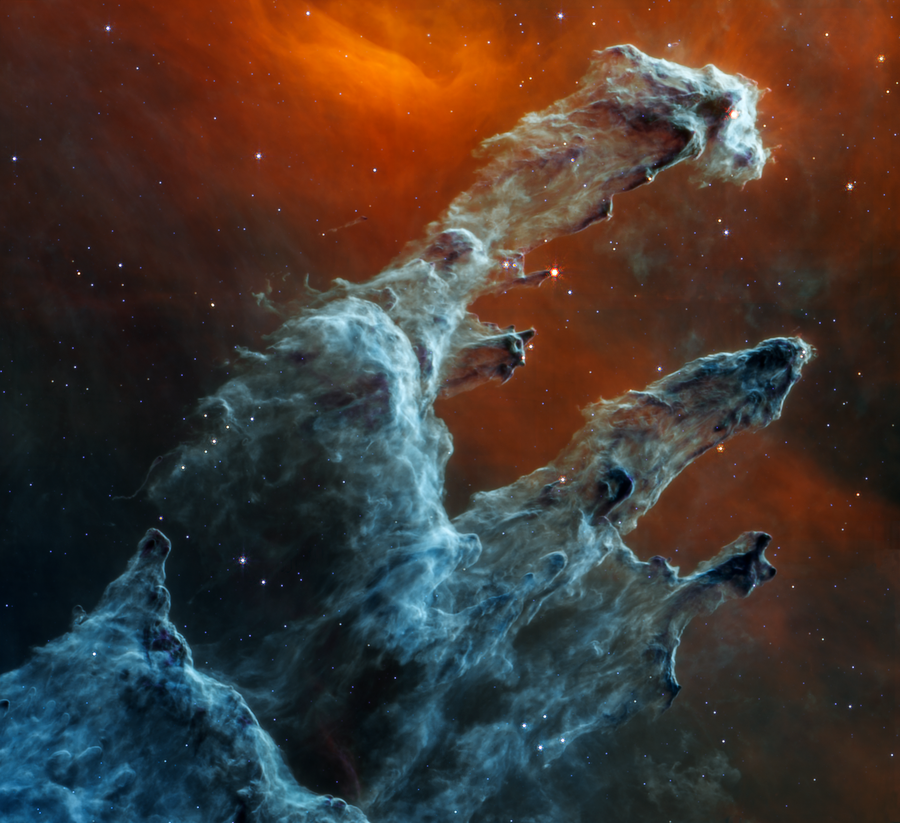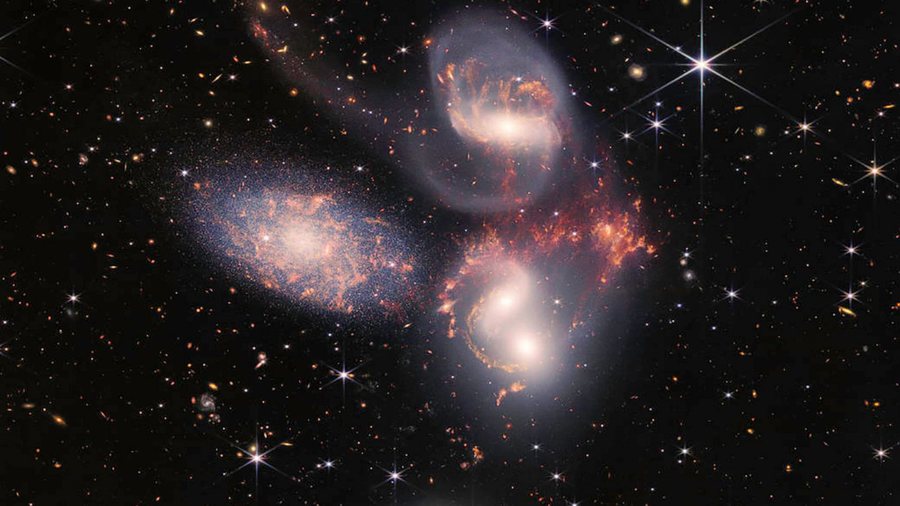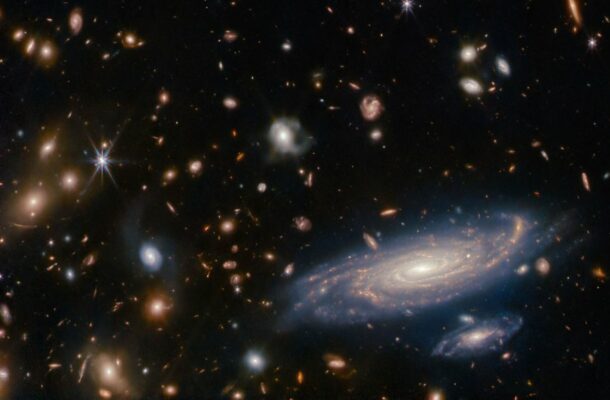"Step into the cosmos with NASA's James Webb Space Telescope, capturing the universe's ancient beauty. Explore how this revolutionary telescope, armed with the power of light, allows us to gaze 13.5 billion years into the past, unraveling the mysteries of distant stars and galaxies."

Introduction
In a celestial breakthrough, NASA's James Webb Space Telescope (JWST) has etched its name in the annals of astronomical history by delivering a breathtaking debut image — a cosmic tapestry of jewels that stands as the deepest snapshot of the universe ever captured. Beyond its prowess in peering farther into space than any predecessor, the JWST boasts an unparalleled ability to function as a time machine, unfurling the cosmic tableau as it existed 13.5 billion years ago. Join us on an odyssey through the cosmos as we unveil the secrets behind JWST's time-traveling capabilities.
A Glimpse into the Past: JWST's Temporal Odyssey
How can a machine peer into the depths of time? The answer lies not in magic or science fiction but in the intrinsic nature of light. According to NASA scientists, telescopes effectively act as time machines, enabling us to witness celestial events long before our own existence.
"Looking into space is like looking back in time," explains NASA. The concept is elegantly simple — light takes time to traverse the vast expanse of space and reach our observation points on Earth. From the glimmer of distant stars to the soft glow of a nearby lampshade, all the light we perceive has undertaken a journey to reach our eyes.

The Velocity of Light: Unveiling the Celestial Past
The key to this temporal journey lies in the remarkable speed of light, hurtling through space at approximately 1 billion km/h. While the swiftness of light remains imperceptible in our daily surroundings, it becomes paramount when observing celestial objects millions or billions of miles away. Take the sun, for instance — positioned 93 million miles from Earth, the light we see from the sun today actually embarked on its journey more than 8 minutes ago.
The significance of light's speed prompts astronomers to measure vast distances in space using light years. One light year equals the distance light travels in a year, translating to about 5.88 trillion miles or 9.46 trillion km. This unit becomes crucial in comprehending the vastness of space, exemplified by Polaris, the North Star, residing approximately 323 light years away — every gleam from Polaris extends a celestial timeline of more than three centuries.

James Webb's Quantum Leap: Peering into the Cosmos' Dawn
While stargazing at the night sky grants us a glimpse into the past, the James Webb Space Telescope propels us further into antiquity. Its cutting-edge capabilities enable astronomers to capture images of stars that might have ceased to exist as their emitted light traversed the cosmic expanses. This remarkable instrument stands as a testament to humanity's unyielding curiosity, providing a front-row seat to the birth of the universe itself.
As we marvel at the jewel-strewn portrait painted by JWST, we embark on a voyage that transcends space and time, delving into the enigmatic origins of our cosmic abode. The James Webb Space Telescope, a beacon of human ingenuity, beckons us to witness the dance of celestial entities across eons, unraveling the secrets that the universe has woven into its vast tapestry.


Comments